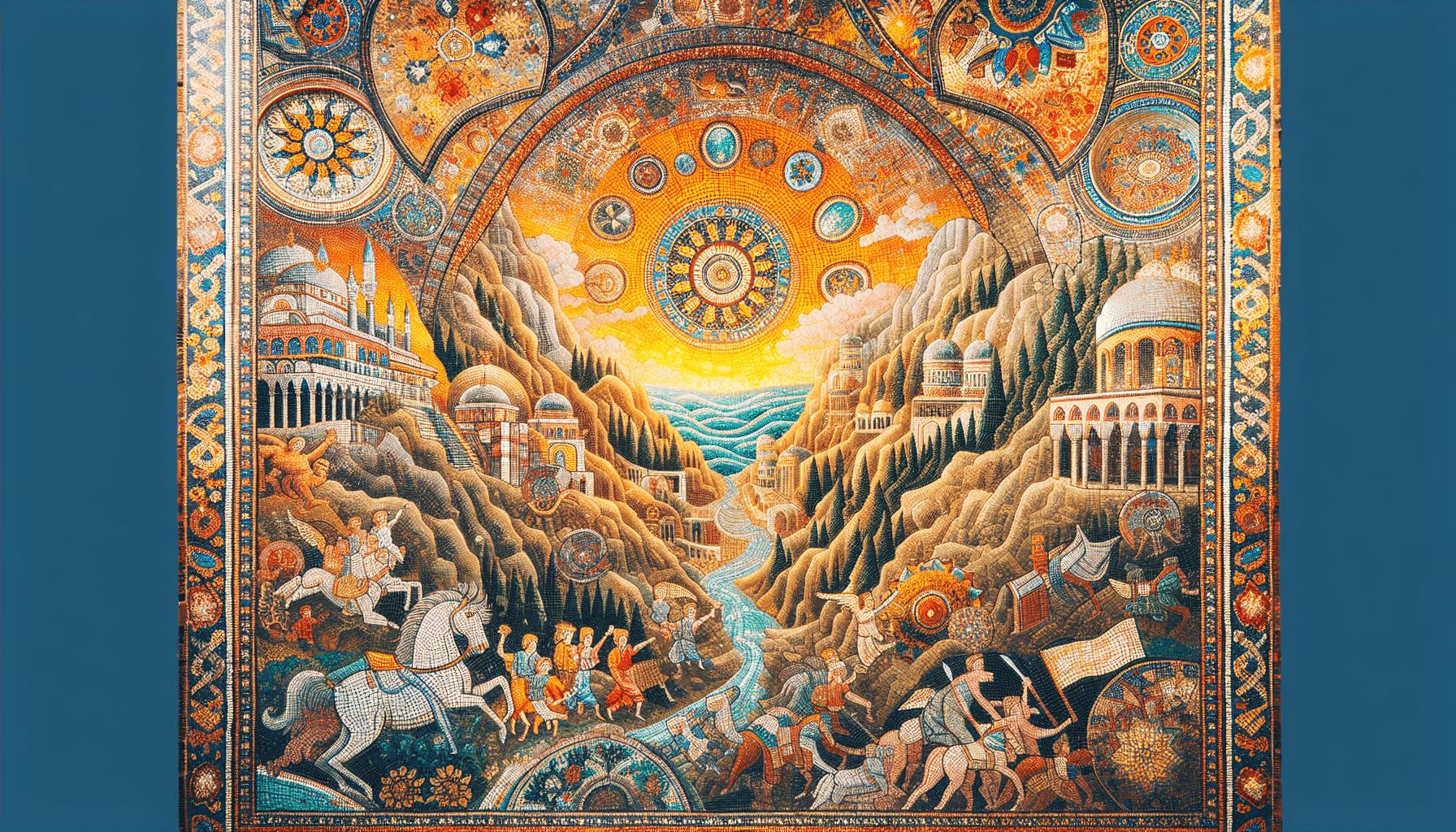Welcome to the colorful and intricate world of Turkish mosaics! From the historic streets of Istanbul to the charming towns along the Mediterranean coast, Turkey is home to some of the most stunning examples of this ancient art form. Discover the rich history behind Turkish mosaics and learn about the best places to see them up close and personal. Dive into the beauty and craftsmanship that has been captivating visitors for centuries. Have you ever wanted to explore the intricate world of Turkish mosaics? From ancient historical sites to modern art exhibitions, Turkish mosaics are a vibrant and beautiful art form that has captivated people around the world. In this article, we will delve into the history, techniques, and the best places to see Turkish mosaics up close. Let’s embark on this colorful journey together!

